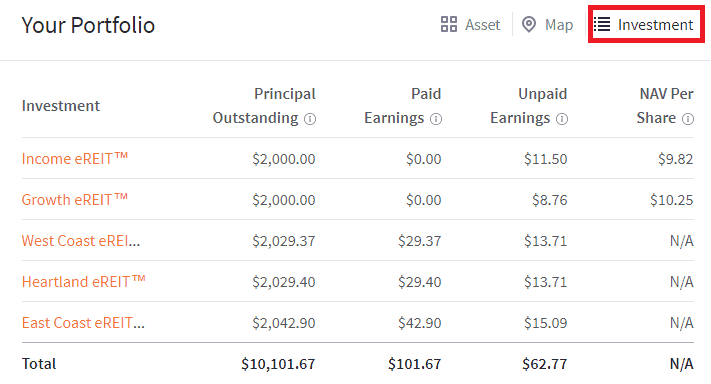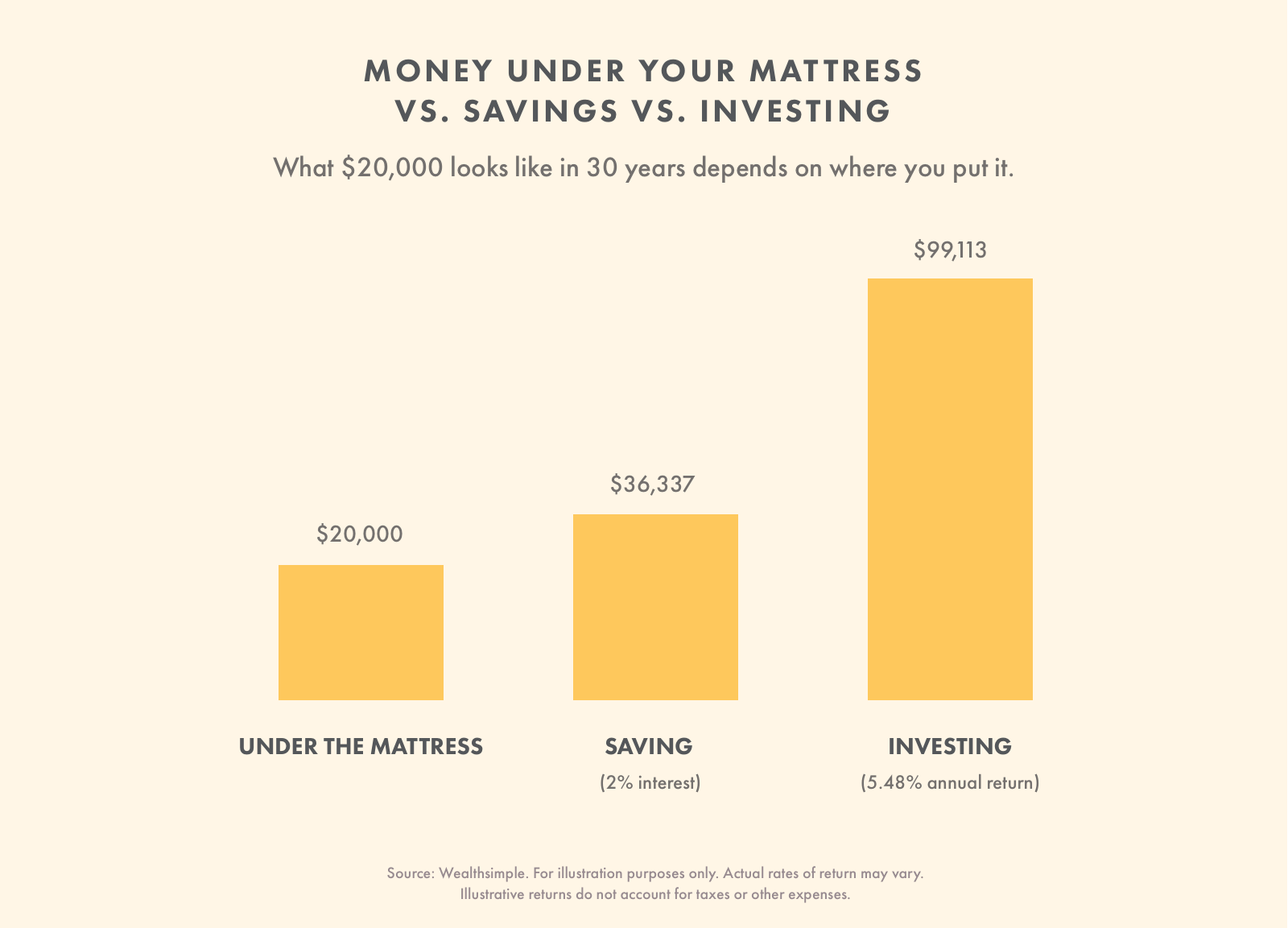
You have many options to make money on the forex market. You can choose from Technical analysis or Fundamental analysis, Sentiment analysis or Trend-spotting. These strategies will maximize your profits. It's crucial to know when to trade and when not to trade. Also, news releases could have an impact on the market.
Technical analysis
Technical analysis is the study past prices to predict market direction. It assists investors in understanding the underlying trends. The past data can be used to predict the future market. Traders can make predictions about the future of the market using data from past days and trends.
It is possible to identify potential reversal areas within a market using technical analysis. Trendlines are lines that connect significantly higher lows and lower tops of a trend. These lines are also called descending resistance trendlines.

Fundamental analysis
Fundamental analysis involves interpreting the movements of an instrument and the factors influencing its value. You can make more informed decisions and predict the price movements if you use fundamental analysis. The key to successful fundamental analysis is to familiarize yourself with an instrument's background. It is important to stay on top of market events that could affect the instrument's value. By subscribing for daily news sources, you can keep up to date with these developments.
Fundamental analysis involves studying major economic news that has an impact on a specific market. These factors are not likely to change in the immediate future, but they have long-term impact. Interest rates are a key factor to consider. They are set by central banks. The central banks create money and loan it to private bankers. Private banks borrow the currency from the central bank for a small fraction of its value. These rates are known by the base interest rate.
Analyse of sentiment
Forex traders should consider sentiment analysis. It can have a significant impact on price action for several days, weeks, and even months. Market sentiment can also change due to news and expectations from around the globe. Notably, market sentiment tends to be more negative than positive when there is news or expectations.
Sentiment analysis is used by traders to determine if a market has a bullish or bearish bias. A bull market is when prices and assets are rising, while a bear market is when prices and assets are falling. Technical indicators are tools and information that traders use for determining market sentiment. The technical indicators are useful tools that can help trader make profitable trades.

Trend-spotting
Trend-spotting plays a vital part in forex trading strategies. It can make you a substantial amount of money, and is often the key to avoiding pitfalls. You must be able spot a trend before it becomes a problem. It is difficult to do this. You have a few options to make this strategy more effective.
First, identify a healthy trend. A healthy trend is one with a healthy pullback that remains above the 50-day moving mean. You can then trade from this level or from a previous resistance-turned-Support level. On the flip side, a weak market is one that has steep pullbacks while staying above the 200 Day MA.
FAQ
What is the main difference between the stock exchange and the securities marketplace?
The entire list of companies listed on a stock exchange to trade shares is known as the securities market. This includes options, stocks, futures contracts and other financial instruments. Stock markets are usually divided into two categories: primary and secondary. Large exchanges like the NYSE (New York Stock Exchange), or NASDAQ (National Association of Securities Dealers Automated Quotations), are primary stock markets. Secondary stock markets are smaller exchanges where investors trade privately. These include OTC Bulletin Board (Over-the-Counter), Pink Sheets, and Nasdaq SmallCap Market.
Stock markets have a lot of importance because they offer a place for people to buy and trade shares of businesses. The price at which shares are traded determines their value. The company will issue new shares to the general population when it goes public. These shares are issued to investors who receive dividends. Dividends are payments made to shareholders by a corporation.
Stock markets are not only a place to buy and sell, but also serve as a tool of corporate governance. Boards of directors are elected by shareholders to oversee management. The boards ensure that managers are following ethical business practices. If a board fails in this function, the government might step in to replace the board.
What is the difference of a broker versus a financial adviser?
Brokers are people who specialize in helping individuals and businesses buy and sell stocks and other forms of securities. They take care of all the paperwork involved in the transaction.
Financial advisors are experts in the field of personal finances. They are experts in helping clients plan for retirement, prepare and meet financial goals.
Banks, insurance companies and other institutions may employ financial advisors. They can also be independent, working as fee-only professionals.
It is a good idea to take courses in marketing, accounting and finance if your goal is to make a career out of the financial services industry. You'll also need to know about the different types of investments available.
How are securities traded?
The stock market lets investors purchase shares of companies for cash. Companies issue shares to raise capital by selling them to investors. Investors can then sell these shares back at the company if they feel the company is worth something.
Supply and demand determine the price stocks trade on open markets. If there are fewer buyers than vendors, the price will rise. However, if sellers are more numerous than buyers, the prices will drop.
There are two methods to trade stocks.
-
Directly from your company
-
Through a broker
What is a Stock Exchange exactly?
A stock exchange is where companies go to sell shares of their company. This allows investors the opportunity to invest in the company. The market sets the price for a share. It is usually based on how much people are willing to pay for the company.
The stock exchange also helps companies raise money from investors. To help companies grow, investors invest money. They do this by buying shares in the company. Companies use their money as capital to expand and fund their businesses.
Stock exchanges can offer many types of shares. Some are known simply as ordinary shares. These are most common types of shares. Ordinary shares are traded in the open stock market. Prices for shares are determined by supply/demand.
Preferred shares and debt security are two other types of shares. Preferred shares are given priority over other shares when dividends are paid. These bonds are issued by the company and must be repaid.
How are shares prices determined?
Investors decide the share price. They are looking to return their investment. They want to make money with the company. So they purchase shares at a set price. The investor will make more profit if shares go up. If the share value falls, the investor loses his money.
An investor's primary goal is to make money. This is why they invest. They are able to make lots of cash.
What is a REIT?
A real-estate investment trust (REIT), a company that owns income-producing assets such as shopping centers, office buildings and hotels, industrial parks, and other buildings is called a REIT. They are publicly traded companies that pay dividends to shareholders instead of paying corporate taxes.
They are similar companies, but they own only property and do not manufacture goods.
Statistics
- Our focus on Main Street investors reflects the fact that American households own $38 trillion worth of equities, more than 59 percent of the U.S. equity market either directly or indirectly through mutual funds, retirement accounts, and other investments. (sec.gov)
- Ratchet down that 10% if you don't yet have a healthy emergency fund and 10% to 15% of your income funneled into a retirement savings account. (nerdwallet.com)
- "If all of your money's in one stock, you could potentially lose 50% of it overnight," Moore says. (nerdwallet.com)
- US resident who opens a new IBKR Pro individual or joint account receives a 0.25% rate reduction on margin loans. (nerdwallet.com)
External Links
How To
How to make a trading plan
A trading plan helps you manage your money effectively. It helps you understand your financial situation and goals.
Before you begin a trading account, you need to think about your goals. You may wish to save money, earn interest, or spend less. If you're saving money you might choose to invest in bonds and shares. If you are earning interest, you might put some in a savings or buy a property. Perhaps you would like to travel or buy something nicer if you have less money.
Once you have a clear idea of what you want with your money, it's time to determine how much you need to start. This depends on where your home is and whether you have loans or other debts. Also, consider how much money you make each month (or week). Income is what you get after taxes.
Next, you will need to have enough money saved to pay for your expenses. These expenses include bills, rent and food as well as travel costs. These all add up to your monthly expense.
You'll also need to determine how much you still have at the end the month. This is your net discretionary income.
Now you've got everything you need to work out how to use your money most efficiently.
Download one online to get started. Ask someone with experience in investing for help.
Here's an example of a simple Excel spreadsheet that you can open in Microsoft Excel.
This graph shows your total income and expenditures so far. Notice that it includes your current bank balance and investment portfolio.
Here's another example. A financial planner has designed this one.
It will allow you to calculate the risk that you are able to afford.
Do not try to predict the future. Instead, think about how you can make your money work for you today.